The Timeline of Behaviors for a K9 and Handler in a Detector Canine Sniff
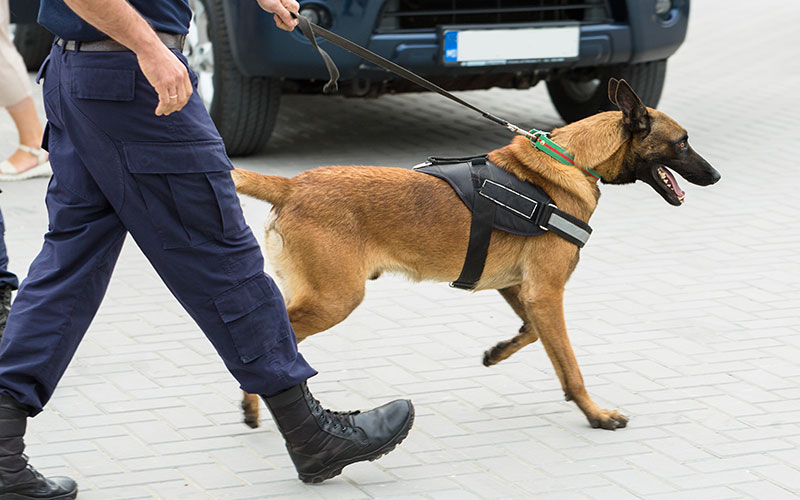
Foreword by Ed Frawley
I met Kevin Sheldahl in 1984 at a police K-9 school in Kansas. We have been good friends ever since. Kevin is a retired police K-9 handler. He became a K-9 Instructor and an International Police Dog Judge. Kevin's company K-9 Services runs 6-week police K-9 courses in which police officers learn how to become new K-9 handlers. To date, he has run 70 6-week courses and trained over 1,200 K-9 handlers. I don't know of another dog trainer that has Kevin's experience and knowledge of police service dogs training.
I realized as I was explaining a sniff to one of my students that this is not really intuitive. A real problem for those of us that have handled dogs for decades in an operational environment is that somethings that have become intuitive are far from that among new handlers.
It also hurts when you (meaning me) as the instructor is a totally random kinesthetic learner. So, I thought that coming up with a timeline would help those who think and learn differently.
So, the timeline goes like this:
- Ritual, in this phase the dog is prepped to search. There are many ways but I will reflect the usual way I teach. The dog is placed in a down position and the handler inspects the item, area to be sniffed. If you have done your training correctly this is where the dog begins a clear understanding of the next task, and begins to load like a spring under compression. Many shake awaiting the chance to sniff the area.
- The sniff itself, here the handler makes a decision. That is free search, cursory search, or directed/detailed search (the when and why is a subject for another post!). The sniff continues and either 3, 4, 5 occur or the sniff continues until complete. This may be it. The handler is in charge of where the k9 sniffs but only in a general fashion, we cannot entirely know what a dog is doing with their nose but experience and expertise provide an educated guess into the dog's activities in the areas we allow them to work or the areas we direct them to work. A good team is smooth and reflexive in their movements together. They have a rhythmic approach to the work.
-
The alert (often called a JND, or an odor change or a myriad of other vocabularies), here the dog has responded to the odor associated with reinforcement. The posture changes, or sniffing frequency changes, or their tail wags expectantly, etc. Each dog is an individual and reflects that individuality at this point.
The handler should recognize this but has the job of getting out of the dog's way and letting them do what they do…which is:
-
The find, here the dog is hunting the odor down, from lower to higher concentration, working to a point that the odor is emanating from if they can get there and it is within parameters they can distinguish.
The handler's job remain the same…to allow the dog to work without interference or influencing the dog. This is often difficult for the new handler who tends to encroach upon the dog (which can drive a dog directly out of the odor or pressure the dog to leave odor). Here I encourage the handler to allow the dog to move but not pull the dog away, or push the dog away by infringing on the dog's space. By keeping the handler moving (though maybe not progressing except to the end of the leash) the dog is given the chance to move into the next phase.
- Indication, here is where the dog performs behaviors such as dig at, stare at, sit at, or down at the area they see as source. Once this phase is initiated the handler can step behind the dog and reinforce the dog. Time for the handler to turn cheerleader! Goal! great job! Now, in training the dog would receive a reinforcer. In practical application the dog is generally grabbed buy the collar and gently pulled away against its desires to flush its prey….and receive a reinforcement for the behavior.



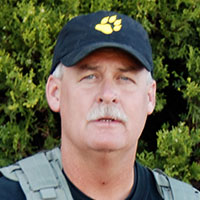
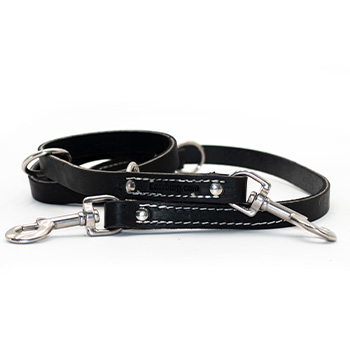
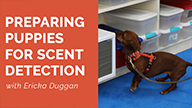
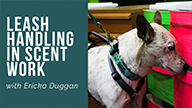
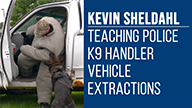
Ask Cindy.